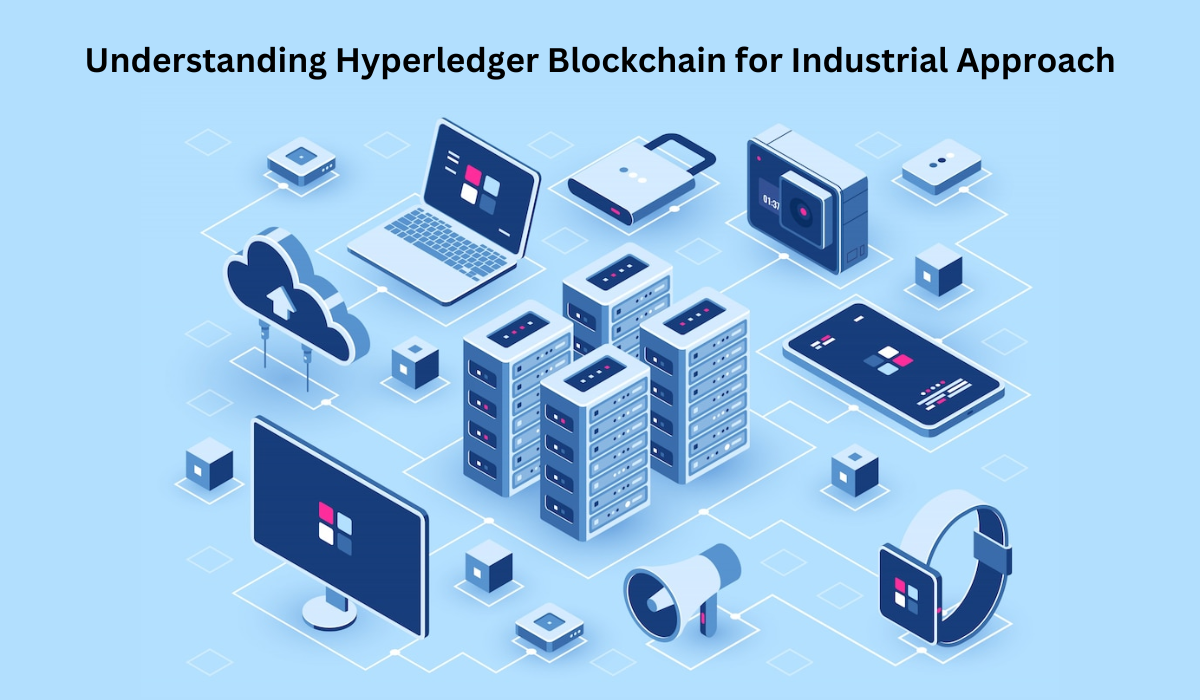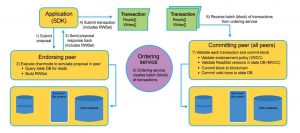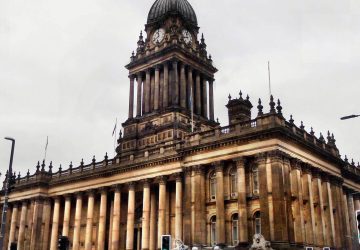Recent post
Subscribe to the Blog
Get our research-based blogs and stories delivered to your inbox.

Blockchain is already in use in different industries, but its extended usage has been already seen in TME (Telecommunication, Media & Entertainment). Many organizations in these industries have used blockchain platforms for automation and digitization of business processes.
In the TME segment, one of the gray areas is the lack of transparency in asset transactions. This makes the whole process less efficient, with the overall increase in the costs impacting the overall revenue. A good example of this will be interconnection costs across multiple geographies incurred by telecommunication companies. There is no defined standard to measure the interconnection costs, and derive the appropriate costs. Even after multiple reconciliations, there is a considerable cost leakage.
Similarly, in the music industry, it is difficult to track the associated revenue with different labels or artists. This is because of the availability of different platforms. So, the big question is what is the solution? The solution is mentioned right below in the next section.
The leaders as well as the stakeholders of the TME industries have already started looking towards blockchain, to bring efficiency to the TME industries. This is where a platform like Hyperledger fabric in blockchain comes to play. It provides multiple features to the TME industry operations, primarily trust, security and transparency. TME industries are already betting big on this, and they have started developing applications based on Hyperledger fabric architecture. The focus is primarily on three segments:
These are the three core categories of any industry, and bringing efficiency to these three categories will automatically lead to enhanced performance and lesser cost.
There are multiple frameworks within Hyperledger, but Hyperledger Fabric has been predominantly used for bringing improvements in organizations, including TME industries as well. The other two frameworks are Iroha and Indy. Hyperledger is a private blockchain, that IBM has designed. It has three core components, that is smart contracts, a ledger, and a system. These three components can be managed by the engaged parties through the transactions.
The Hyperledger fabric architecture has multiple advantages over the other blockchain platforms.
A high-level architecture is shown below.

Figure: Hyperledger fabric architecture
Just like any other blockchain platform Hyperledger fabric is made up of multiple nodes, connected through the hyper ledger fabric network architecture. The network used in this case is a permissioned blockchain network that provides ledger services to the engaged parties. In recent developments it has been seen, multiple organizations in the same industry form a consortium to develop their fabric network.
In the developed consortium, the permissions are determined based on the created policies, as agreed by the creators of the consortium. A typical Hyperledger fabric network architecture is made up of the following components:
A Hyperledger blockchain development company might be betting high on Hyperledger fabric, as it has demonstrated the improvements that it can bring in business operations, and other segments, in different industries. This includes the TME industries as well.
Primarily, organizations are collaborating for Hyperledger fabric architecture consortiums based on Hyperledger Fabric, which helps them reduce or eliminate redundant costs. The collaboration is more on the back-end processes. It not only results in cost control but also improves productivity and makes the overall process efficiency.
One such example of this will be consortium form by telecommunication companies, where the sum of the cross-boundary transactions such as roaming settlement are done Hyperledger fabric framework. The solution was developed by IBM and Syniverse in collaboration. However, the formation of a consortium is purely based on the agreement between the organizations.
Similarly, the Hyperledger fabric framework can be used for enhancing the customer experience, by improving customer engagement. It also makes some of the client-facing activities easier by reducing redundancy.
A perfect example of this will be the Dispute Resolution Process (DRP) for financing, developed by IBM, which makes use of this framework to streamline client-facing tasks and reduce any form of redundancy. The result is an enhanced customer experience. Other use cases will be automatic warranty enforcement, reduced time frame for mobile number portability, and many more other activities, that will improve the customer experience.
On the other hand, telecommunication players are also working on developing digital payment systems, based on Hyperledger technology. This will be different from the current digital payment systems, as the new system will allow to creation as well as exchange the tokens.
This approach is also being evaluated by the gaming industry for in-game purchases. A few telecom carriers are also working on developing identity management services based on Hyperledger fabric. Already, there is an app called Verify Credentials from IBM, that performs identity management in a decentralized manner, and is based on the Hyperledger Fabric framework.
Get our research-based blogs and stories delivered to your inbox.
 Top Mobile App Development Firms
Top Mobile App Development Firms
 Top Web Development Firms
Top Web Development Firms